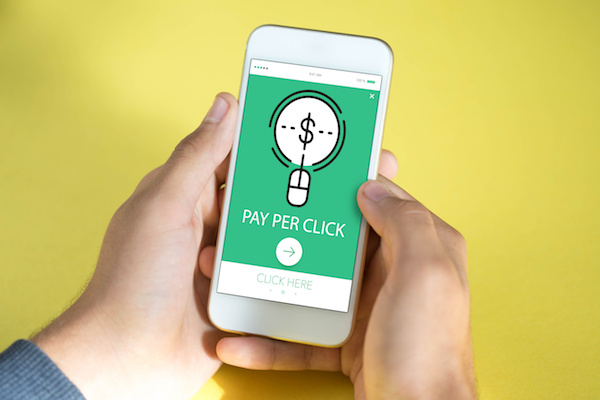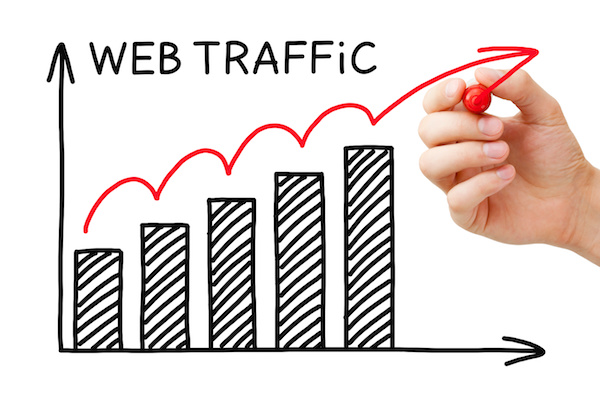
While many digital marketing services aim to increase business brand awareness, pay-per-click (PPC) advertising is a unique technique that stares consumers in the eye. Since awareness is about getting your brand in front of the right people, PPC is kind of like the billboard of the digital world, and the best part is that unless the right shopper sees it and clicks, you don’t pay for that campaign. Plus, you can set a daily budget, so there are no hidden costs to run your next PPC advertising service. Continue reading to learn more about PPC and its connection to brand visibility.
What is brand awareness and why is it important?
Brand awareness is a phrase that’s used to describe how recognizable your business is in the noisy online world. It’s the extent to which customers can recall or reconize your brand under a variety of conditions. As a crucial step in the marketing funnel that will help your business acquire and maintain customers, brand awareness is a huge part of what drives consumer decision. Familiarization differentiates your brand, establishes trust with the customer, and creates a positive association which in turn, will increase your sales and conversions.
How does our PPC advertising service work to boost your brand’s visibility?
PPC works to increase brand awareness by introducing your business within ads that your target market sees. This is the space where you can present an introduction of your brand to your customer base and hopefully creating a lasting impression. Whether it’s click-through rates that are important or physical sales, you can analyze your PPC campaign over time and modify your goals as needed. The best part is you only pay for the people that click on your ad and a daily budget can be set.
Tips for growing brand visibility using our PPC advertising service
There are many creative opportunities that come with growing brand awareness, but the ultimate goal is to build a reputation with your target audience that eventually leads to driven sales. This means that strategic decisions need to be made to keep things moving forward.
Here are some examples:
- Know who your target market is
- Understand the habits of your target market
- Diversify your ads
- Research and use the right keywords and phrases
- Add a flair of creativity
- Include the right information
Boosting your brand’s visibility is right at your fingertips with our PPC advertising service!
Do you have any other questions about how PPC advertising works? Please drop a comment below for a prompt reply.
Alex Wilks has been working as a copywriter and digital marketing strategist since 2018, with added specialties in social media and email marketing. With a Bachelor’s Degree in Journalism and Communication, she is a natural content writer with the ability to connect well with her target audience.


















